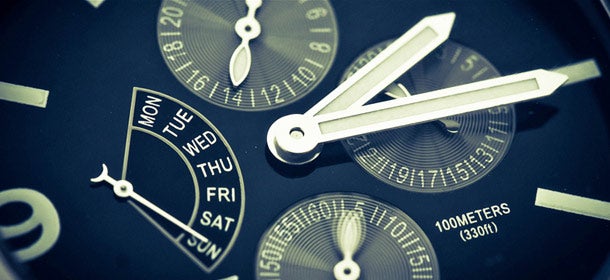A successful venture capital investor once told me that he challenges entrepreneurs to make their pitch in 10 words or less.
“If you can’t tell me what you do in 10 words, I’m not interested, I’m not buying and I’m not investing. Period.”
I’m willing to give entrepreneurs a bit more wiggle room, but not much. Fifteen seconds is about right. Fifteen seconds is enough time to grab someone’s attention and to explain the big picture behind a product or idea.
Related: 3 Ways To Perfect Your Pitch
The secret to creating a compelling 15-second pitch is a “message map.” I’ve been a journalist for 25 years so I know a few things about telling a story, and I can tell you that a message map is one of the most effective communication tools I’ve ever used. Rest assured, it will work for the most complex topic -- I used a message map to teach nuclear scientists how to refine their pitch to a congressional appropriations committee. (In my experience nothing is more complicated to explain than the science behind nuclear technology.)
The message map is comprised of two parts:
1. A headline. The headline is the most important message your audience needs to know. Fill in the rest of this sentence: “If there’s one thing I want you to know, it’s ______.” The answer is your headline. Remember, it’s the single most important message you have. Keep it to under 10 words.
2. Three supporting points. Three is a powerful number in communication. In short-term or “working” memory, we can only remember about three things. Great writers often stick to the rule of three. The U.S Declaration of Independence guarantees three “unalienable rights.” There were only three little pigs, not eight. There were three musketeers, and three spirits who visited Ebenezer Scrooge in A Christmas Carol. You get the idea. Support your headline with three messages. If you’re pitching a product, show me three features that will benefit my life. If you’re pitching an investment, tell me three ways I’ll make money on it. If you’re launching a new initiative, give me three reasons to support it.
A message map can be used to pitch your own idea or to distribute to a large team of salespeople to make sure everyone is speaking from the same playbook. For example, let’s visit a retailer called Lush. There are about 200 Lush stores in North America and 900 worldwide. Thousands of Lush employees are expertly coached to pitch the company’s wide range of products concisely and simply. Here’s an example of their brand story in message map form:
Headline: Lush crafts handmade soaps and cosmetics
Supporting points:
If I worked at Lush, here’s how I might be able to use a message map to sell you a bar of soap in 15 seconds or less.
Welcome to Lush. We sell handmade soaps and cosmetics. All of our products are fresh, environmentally friendly and part of our profits support causes we believe in such as animal rights and protecting the environment.
You can create a message map to pitch anything: ideas, products, services, brands. Don’t get too fancy, either.
You can outline a message map on paper or build one on a word document or PowerPoint slide. I’ve seen the message map work for executives, entrepreneurs and spokespeople in a variety of fields. I know it will work for you.
If you can’t pitch your idea in 15 seconds, I’m not interested, I’m not buying, I’m not investing. Period!



No comments:
Post a Comment